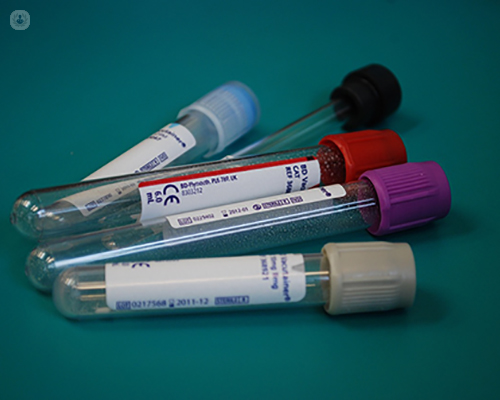LDL Particles
What is being analysed?
LDL particles refer to low-density lipoprotein particles in the blood. In this analysis, we examine the concentration and characteristics of these particles.

What does the result mean?
The result of the analysis provides insights into the quantity and quality of LDL particles. It helps assess the risk of cardiovascular diseases and provides valuable information about cholesterol levels.
Why undergo the analysis?
This analysis is crucial for evaluating cardiovascular health. It aids in identifying potential risks associated with high LDL particle levels, allowing for timely interventions and preventive measures.
When to undergo the analysis?
The analysis is recommended as part of routine cardiovascular screenings. Additionally, individuals with a family history of heart disease or those with risk factors such as obesity or diabetes should consider regular assessments.
What sample is required?
A blood sample is required for this analysis. A simple blood draw allows for the examination of LDL particle concentrations and characteristics.
Is any kind of prior preparation necessary?
Fasting before the blood test is often recommended. This means abstaining from food and drinks (except water) for a specified period, usually 9-12 hours, to obtain accurate lipid profile results.
How is it used?
The analysis helps healthcare professionals tailor treatment plans. Based on the results, lifestyle modifications, medications, or other interventions may be suggested to manage cholesterol levels and reduce cardiovascular risks.
What are the normal values?
|
LDL Particle Parameter |
Normal Range |
|
LDL Particle Count |
1000-2000 nmol/L |
|
LDL Particle Size |
>20.5 nm |
|
LDL Particle Density |
<0.5 g/mL |
What does it mean to have altered values?
Altered values, such as increased LDL particle count or reduced size, may indicate an elevated risk of cardiovascular issues. Lifestyle changes, dietary adjustments, or medications may be recommended to address these imbalances and mitigate risks.